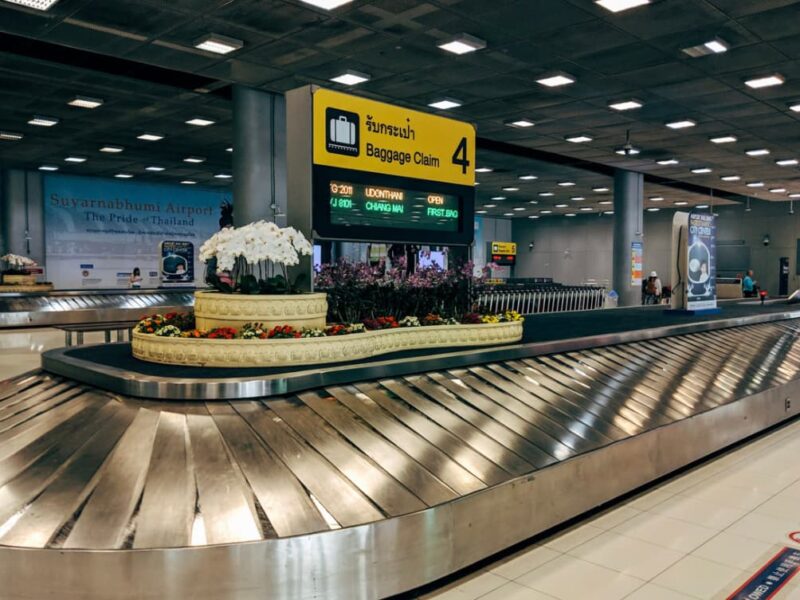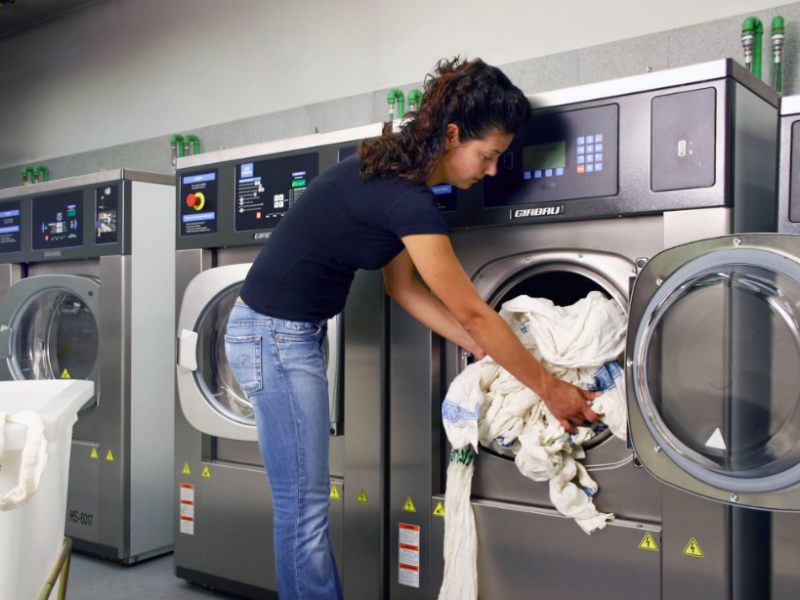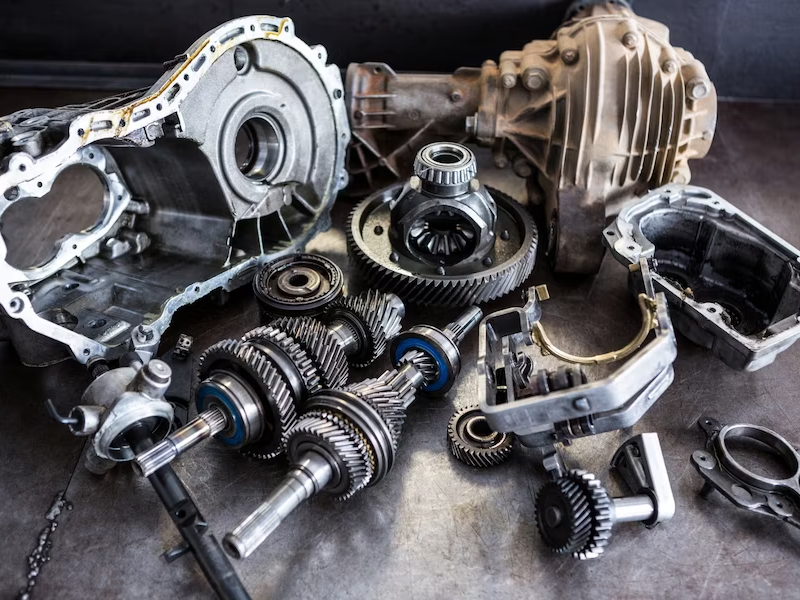A milling machine is equipment for machining shaped and flat metal workpieces with helical and straight formations. With the help of machines it is possible to perform grooves, grooves, holes, to apply internal and external threads, as well as to perform a number of other technological operations. Depending on the direction of movement of the working body, horizontal and vertical milling machines are distinguished. The main nodes and mechanisms in the equipment of both types are the same, except for the support and proboscis, which are absent in the vertical modifications.
Base
The base is made of one-piece gray cast iron. When installing the equipment one side of the part fits tightly to the floor, and the other side is bolted to the bed. The base also has a special trough, which collects the coolant, and an electric pump for pumping the coolant to the tool.
Bed
All the main nodes and mechanisms of the milling machine are attached to the part. The spindle, speed box, motors are hidden inside the structure, and other units are mounted on the outer surfaces. In the upper part of the bed there may be horizontal guides for moving the trunk, on the front wall – vertical guides for the console or spindle headstock. The inside of the part is reinforced with stiffening ribs.
Trunk (Slide)
This assembly is available on horizontal and general purpose milling machines and is rarely found on CNC machines. The main purpose of the trunk is to properly set up and securely support the mandrel. The mechanism is mounted on the horizontal slideways of the bed and allows you to change the reach, that is, the distance to the mirrors. When machining massive workpieces that produce chips with large cross-sections, special supports that form a bond between the proboscis and the console are used to further secure the workpiece.
Cantilever
The part is cast in cast iron and is mounted on the vertical guides of the bed. When moved, the console, in turn, carries the horizontal slide rails. To support the assembly, a stand is provided with a telescopic screw that allows the height to be adjusted. On the rigidity of the console, the accuracy of its guides largely depends on the operation of the equipment.
Skids
The purpose of the mechanism is to provide the relationship between the X and Y axes. The upper guides of the slides serve to move the table longitudinally, and the lower ones – for the movement of the slides themselves on the guides of the console.
Table
The main working element of the milling machine, which moves on the slide. On the surface of the table there are clamping and other fixing devices for firm fixation of workpieces. For this purpose, the part has longitudinal slots. The combined operation of the table, console and skid provides the workpiece to the cutter. Longitudinal, vertical and transverse motion is possible. Typical equipment usually has both manual and mechanical feed.



